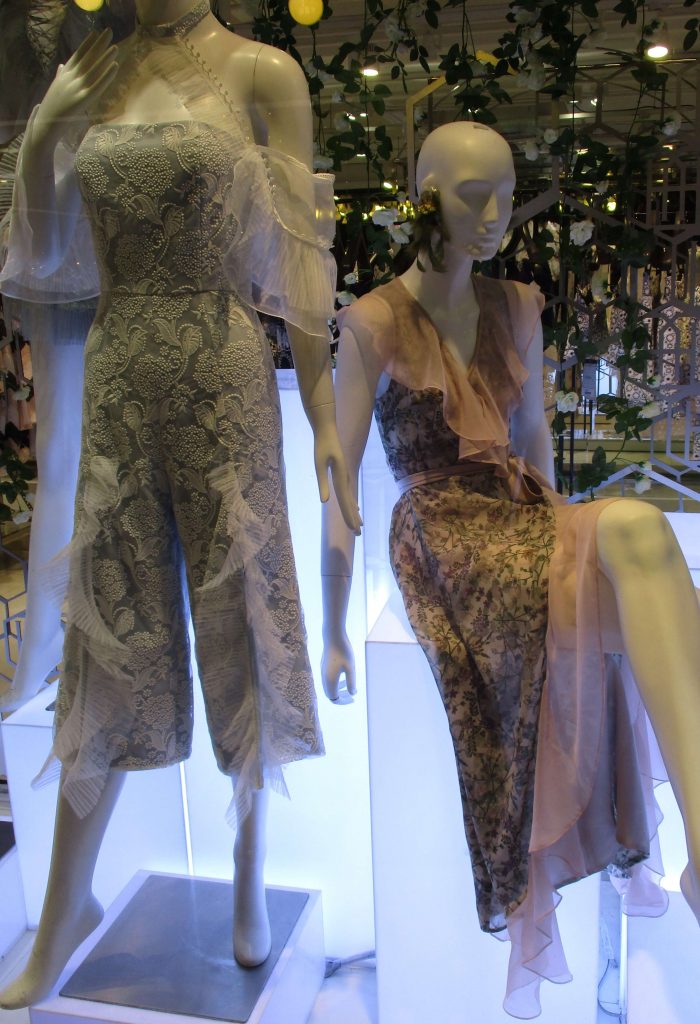
Many garment factory sewers and designers will be retiring in the next 10-15 years and, sadly, the next generation of young people is not following in the footsteps of their parents. Many skilled workers are aging rapidly and the majority of these experienced workers are all in their early and mid-fifties. As each year passes, these skilled workers are retiring and there are not enough new skilled workers to replace them, at the current time. As a matter of fact, this is detrimental to the entire fashion industry, but, on the bright side, for those who are getting into the fashion industry now, in about 10-15 years, skilled and experienced workers will become a high-demand commodity. In economic terms, less skilled workers entering the workforce means more pay for everyone in the fashion industry. In about ten to fifteen years from now, fashion designers, pattern makers, alterationists and sewers will be highly-sought-after skilled workers. There will be a huge demand for their skills. In other words, these jobs will be highly compensated because every employer will be competing to recruit and hire the small number of remaining skilled workers, which means these skilled workers can demand a lot higher wages. Unfortunately, an investment in robotic technology is far too expensive for any North American company that wishes to replace human skilled workers.
– Chris Falcon is a Canadian designer and fashion educator with over 35 years of experience in the garment design and manufacturing business.